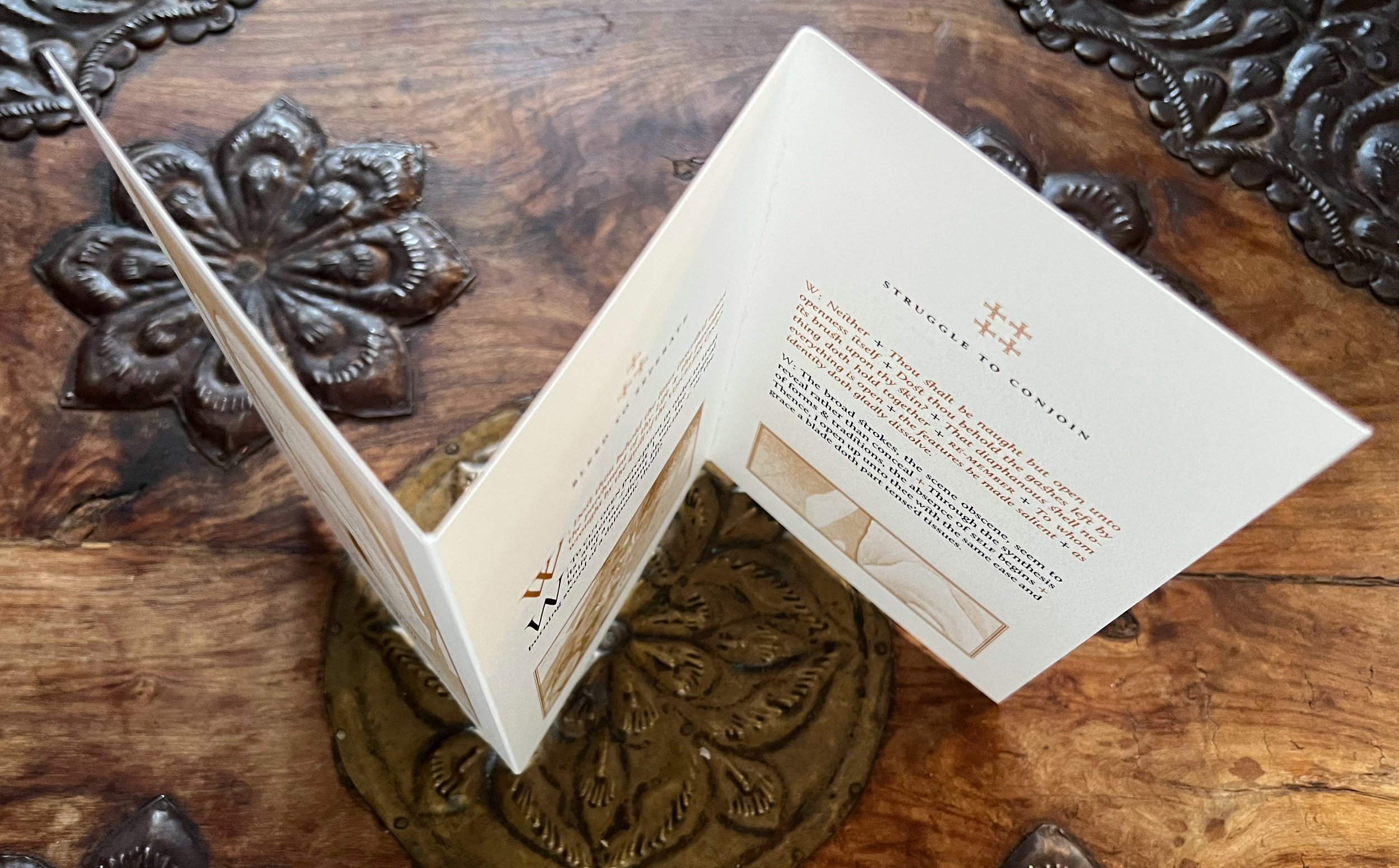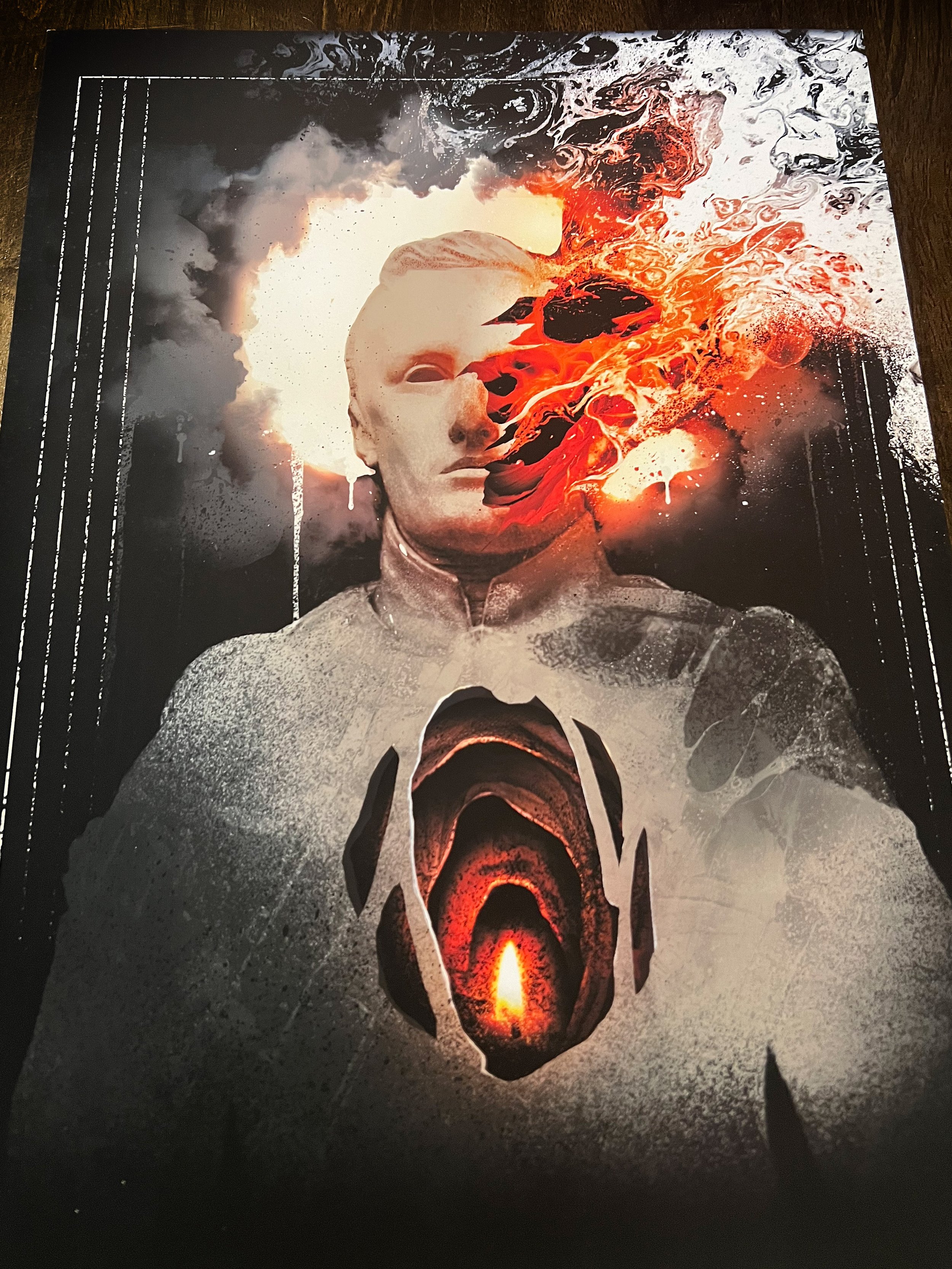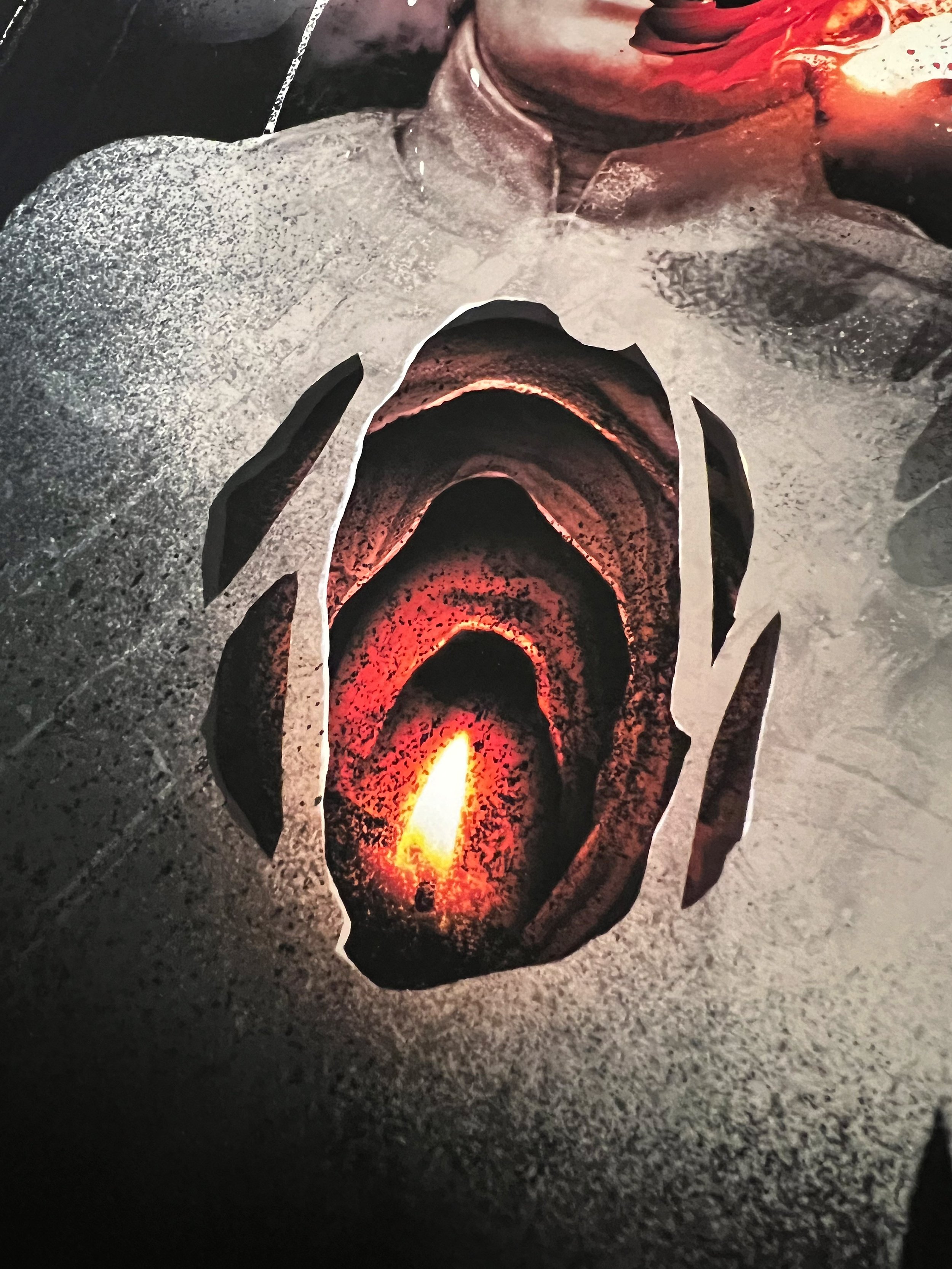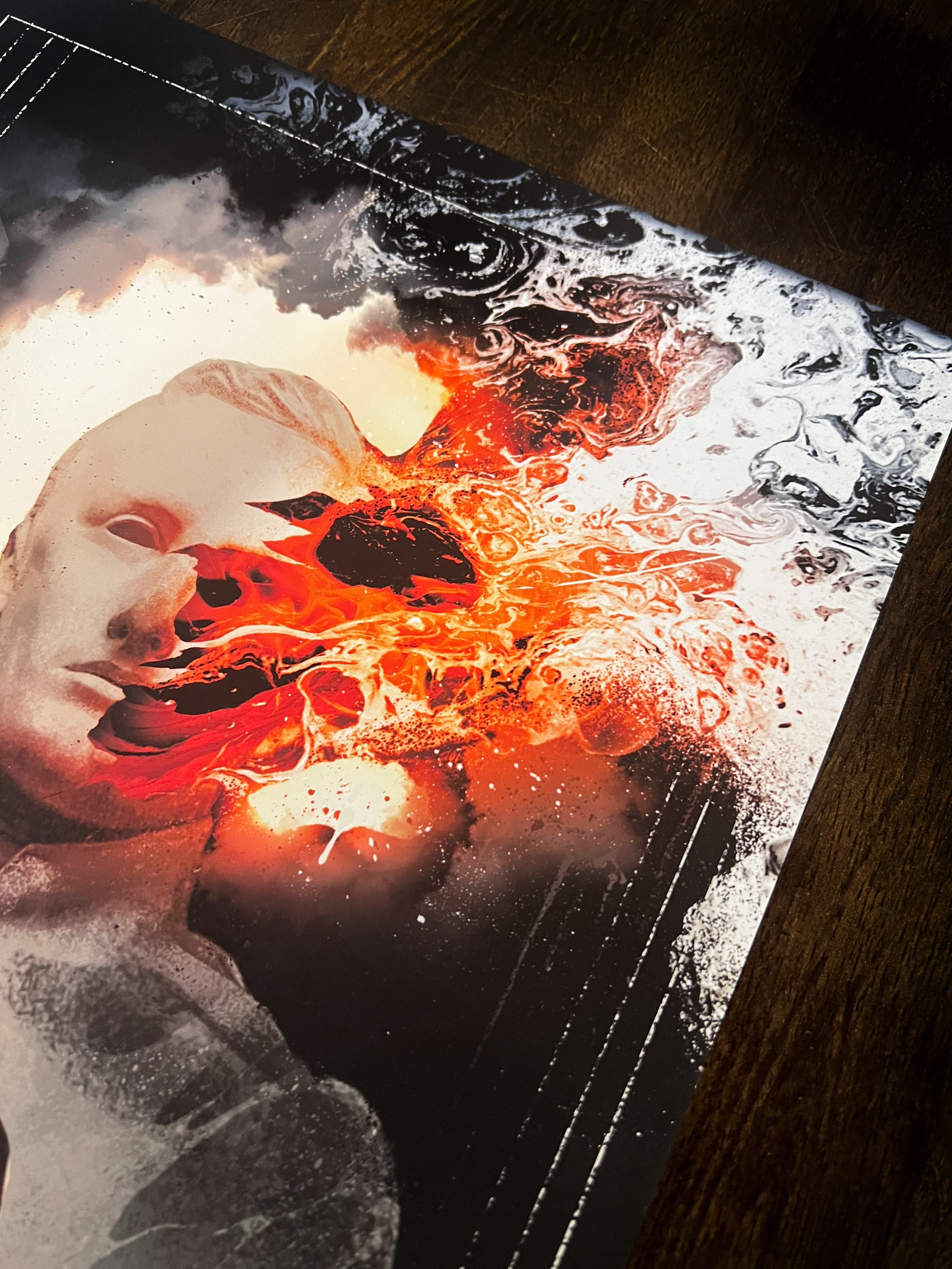-
Tria Prima Press
6" x 9". B&W. 184 pp.
By looking at early Freemasonry, we return to a world of enchantment and magic which starts to establish rules by which scientific methods of investigating the unknown will come to be seen as legitimate.
As a Freemason, I knew the Craft had a treasure-trove of symbols connected with Hermeticism. I also knew that many of the Brethren were not familiar with the Hermetic content embedded in the initiation rituals. The winding history of early Freemasonry connects monarchs, wars, global exploration of new worlds, scientific discoveries of new animals, plants, and minerals, the establishment of the Royal Society, and a network of underground natural scientists. This is a juicy history full of intrigue!
By looking at early Freemasonry, we return to a world of enchantment and magic which starts to establish rules by which scientific methods of investigating the unknown will come to be seen as legitimate. Homing in on the symbols of Hermes, we see a brilliant method of encrypting messages to those who can decrypt them while leaving the symbols illegible to others. By examining the quest for the Philosopher’s Stone, we return to a time when societies were deeply divided along religious and political lines and people longed for something which could heal the divisions, soothe the anger, and restore peace and unity to society. Without revealing any secrets, The Grand Communication is meant as an approachable primer to take the reader through the Hermetic current ingeniously woven into the fabric of Freemasonry. By examining this history, we can pose questions about investigating the unknown and how to build harmony and unity in our own societies today.
Excerpt:
The Hiramic Legend of Freemasonry sets the death and resurrection of the hero as Hiram Abiff and the location at the building of King Solomon’s Temple in Jerusalem. Certain key features are emphasized, such as the exchange between two distinct and autonomous kingdoms, between whom envy, discord, and confusion might naturally exist, are found to establish good relations through exchange and the strength and harmony created by paying each fairly and justly. These conditions allow for the building of the Temple to the Almighty God, by whichever name used – Israelite and Tyrian alike could approach the altar and worship in peace and good fellowship. In the aftermath of the Thirty Years War and the English Civil War, these ecumenical values were highly attractive. They helped soften the bitter edges of division in societies exhausted from years of bloody religious and political conflicts.
The choice of Hiram and the attached Hebrew term of “Abi” as both “my father” and “my master” ties directly into the description Elias Ashmole gives in the commentary at the end of his personal manuscript copy of Theatrum Chemicum Brittanicum about how he was “adopted” by his Alchemical “father”. The alchemical notion being that the adoption allows for an apprenticeship over an extended period with a more experienced paternal figure overseeing the work as the skills of mastery are slowly developed and the deeper secrets revealed. The secrets are then passed down over the generations to “adoptees” who are found worthy seekers.


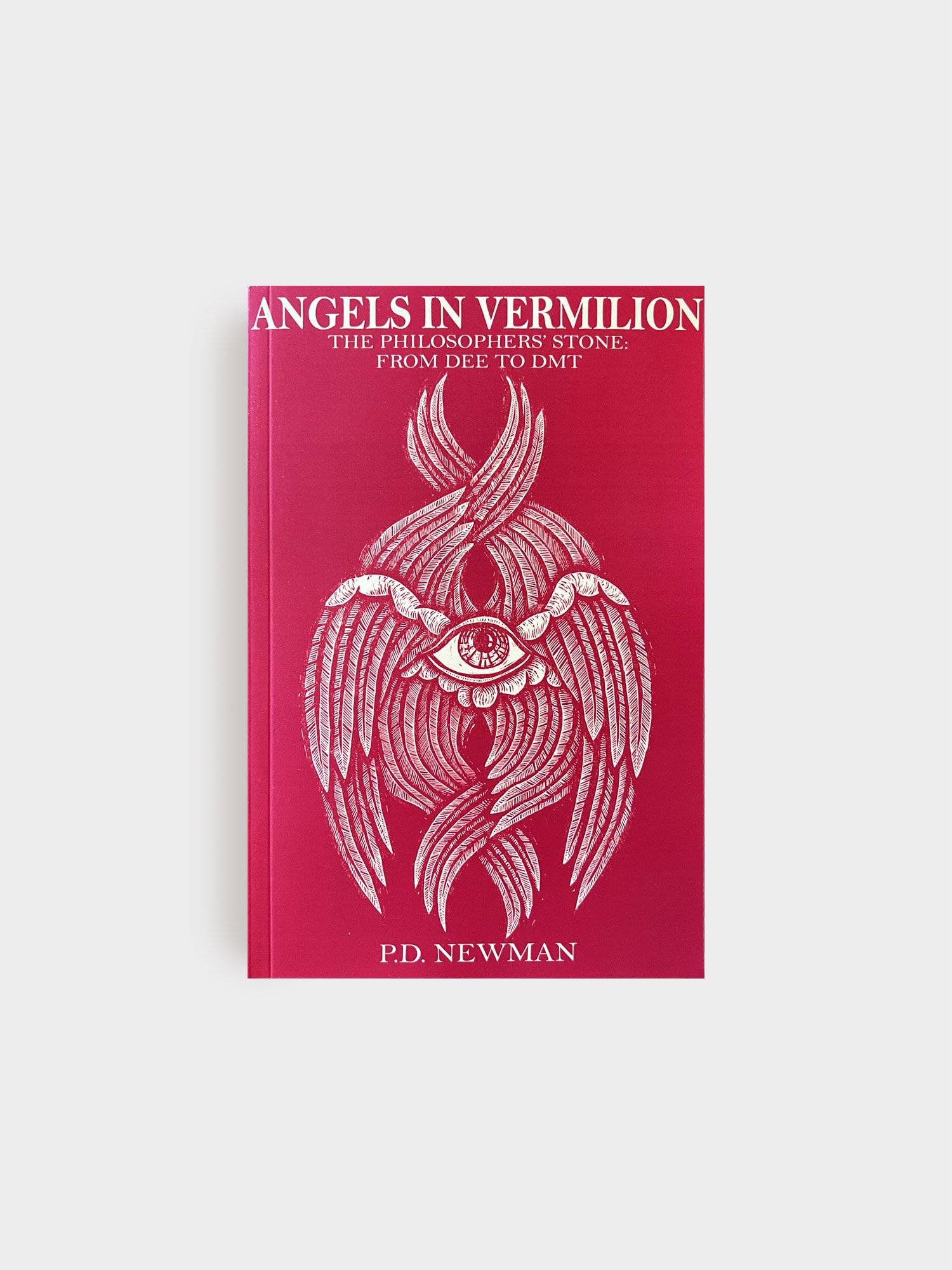





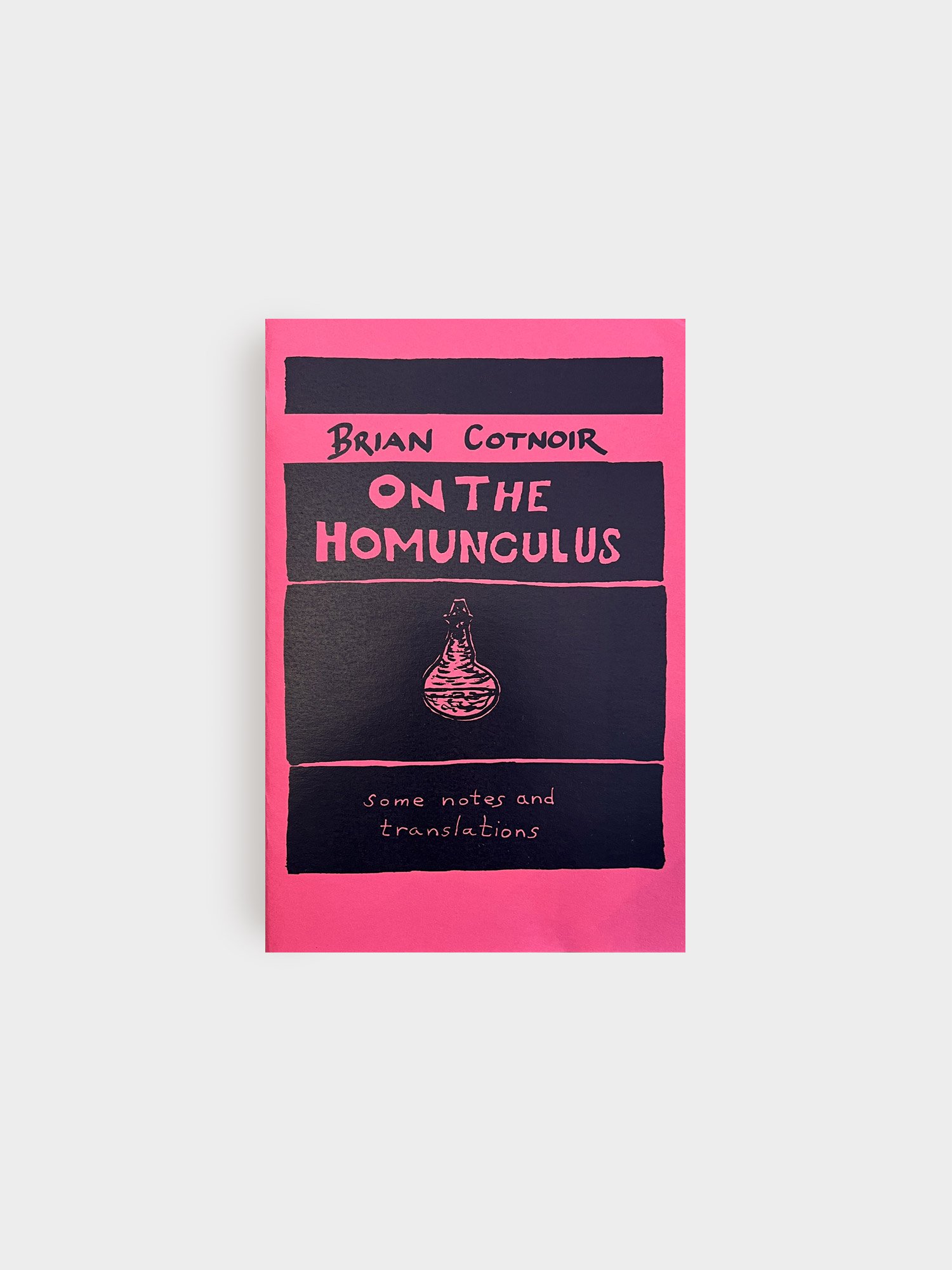
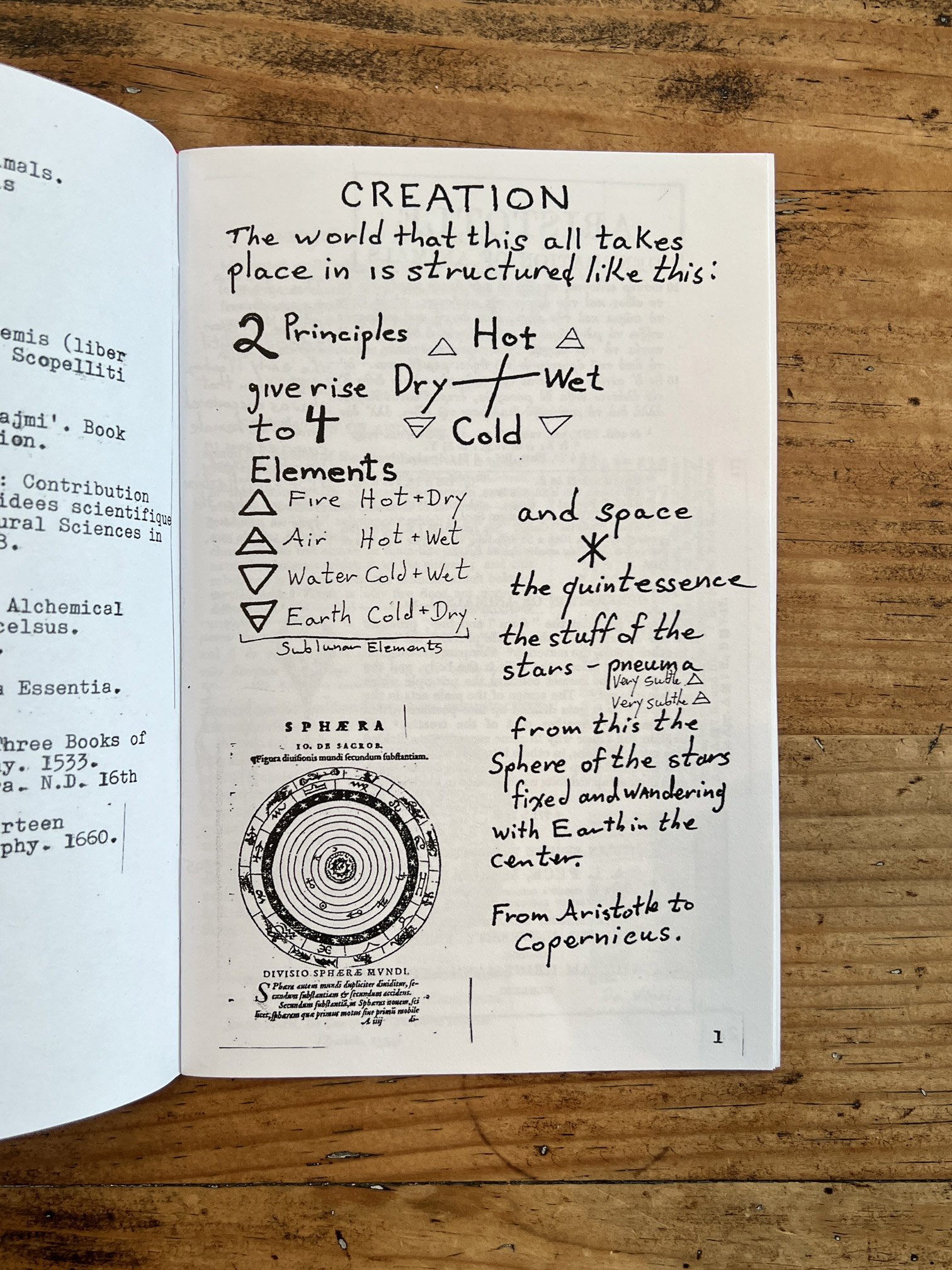
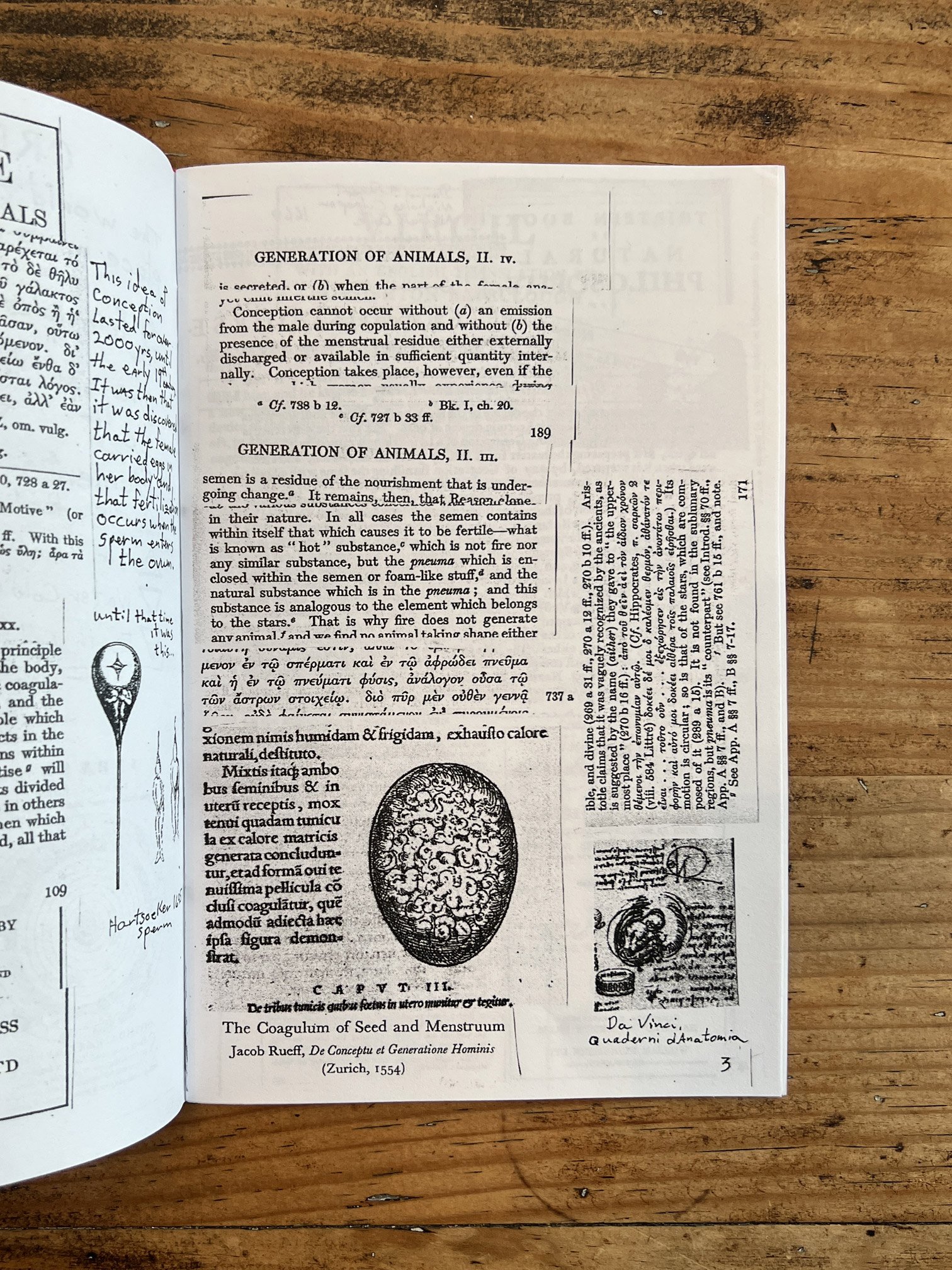
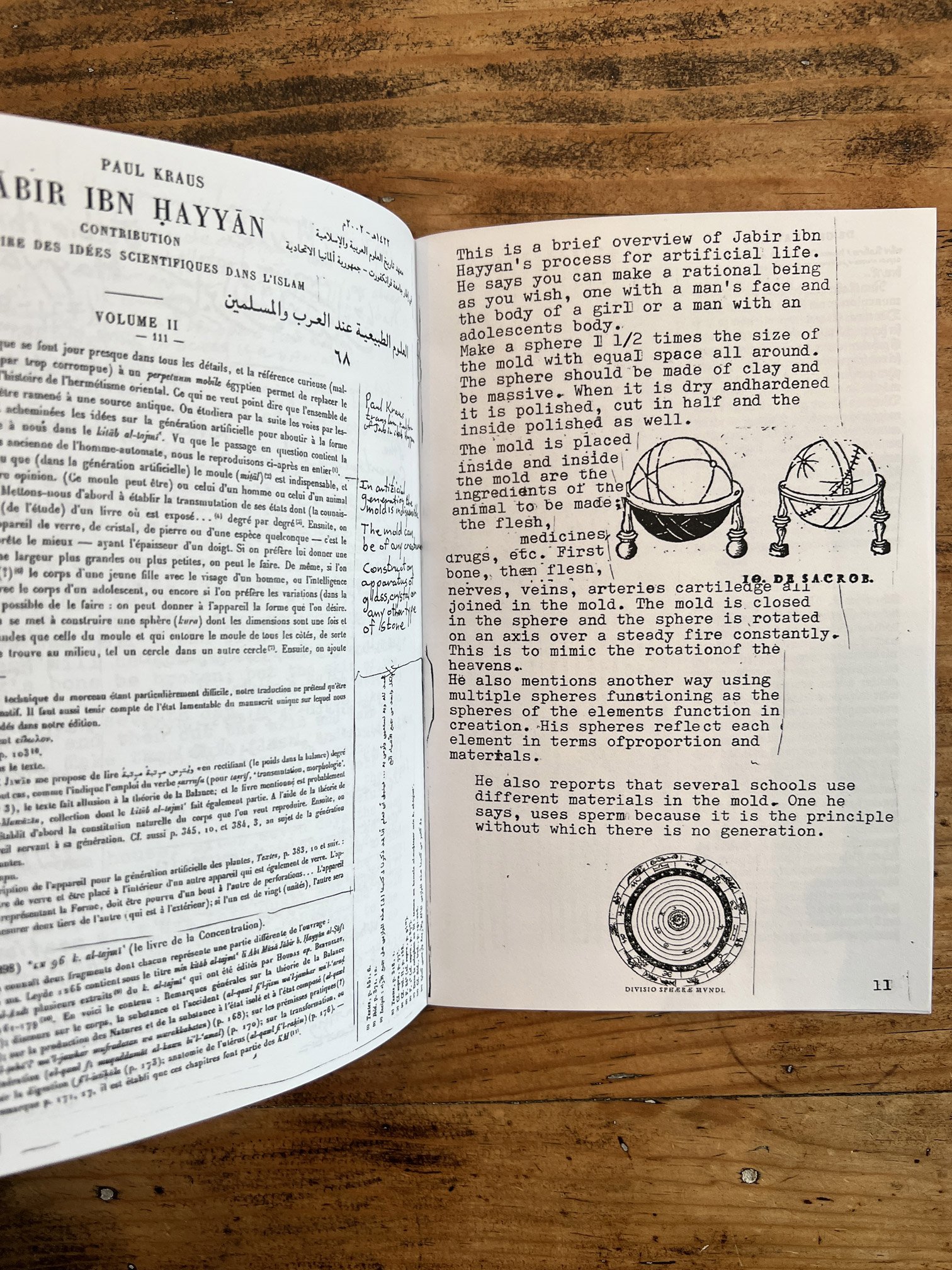
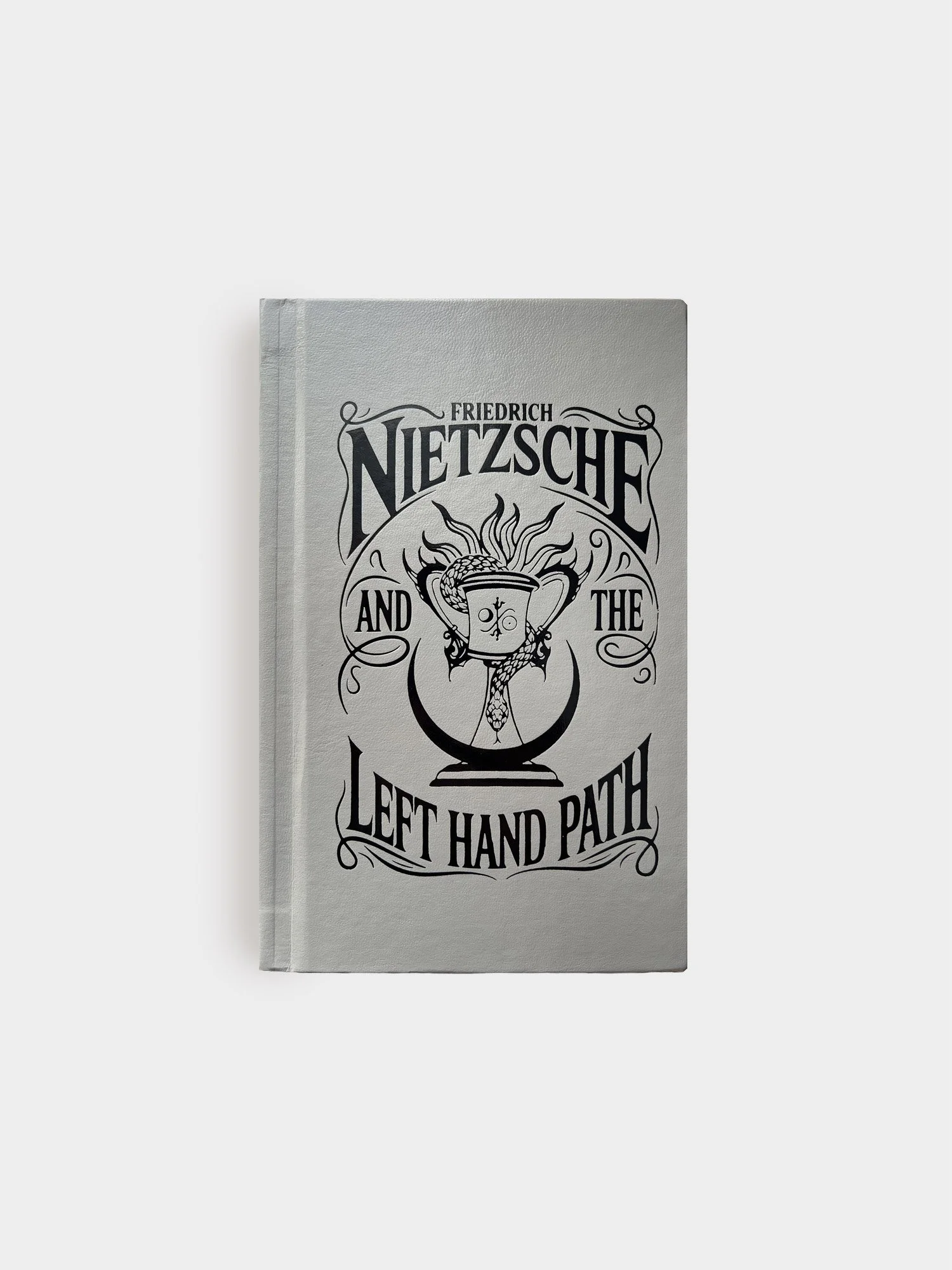
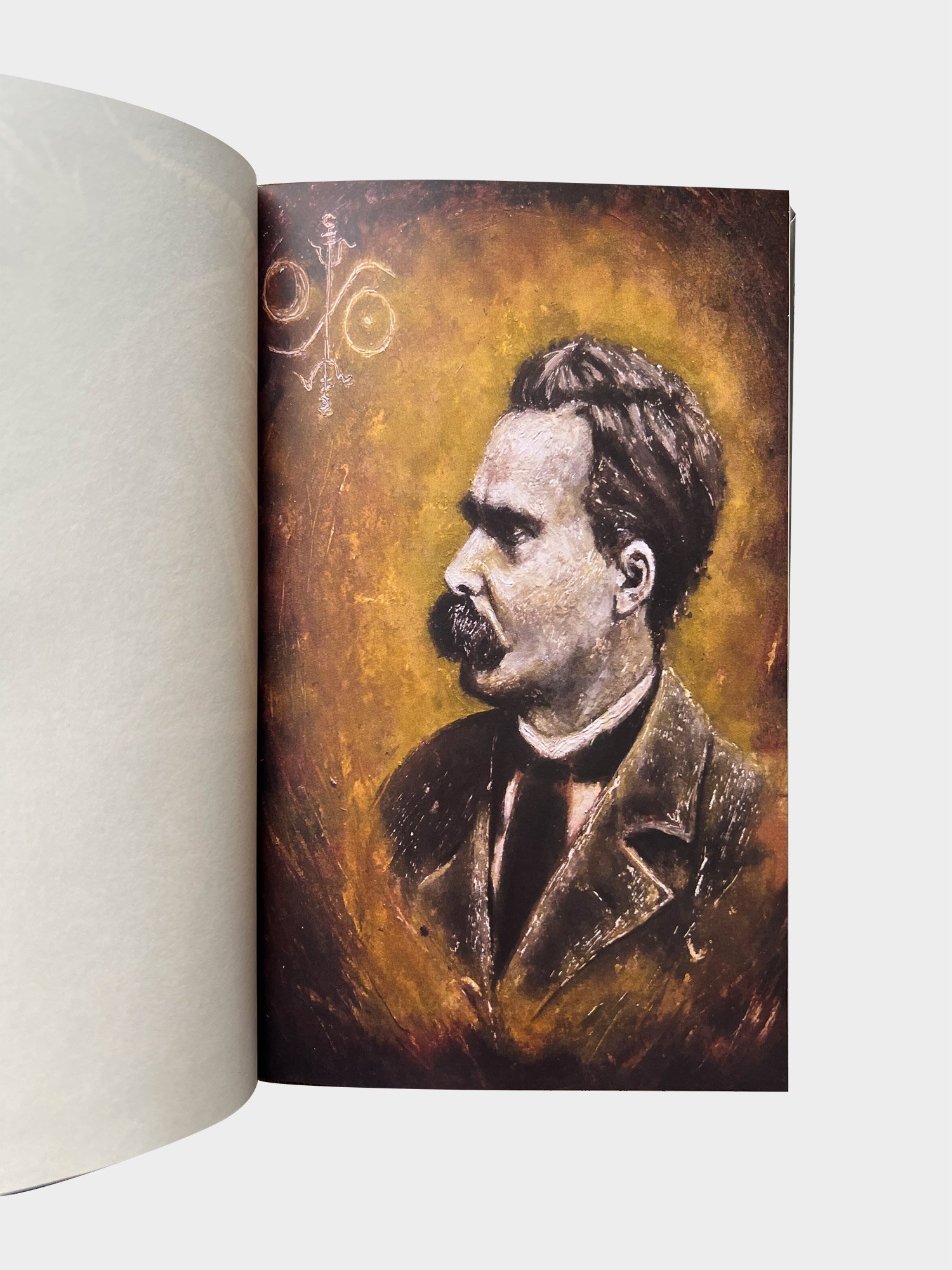
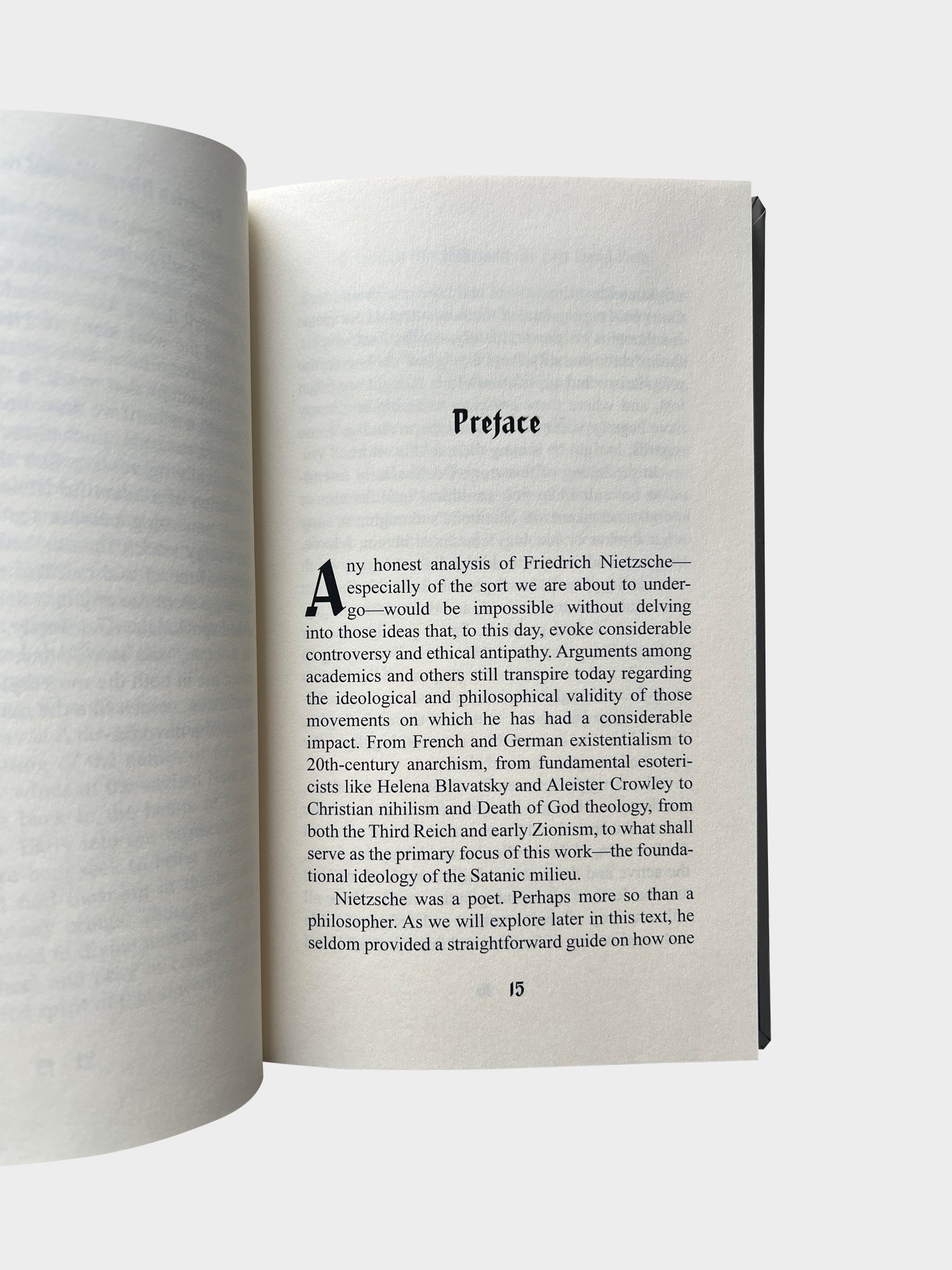

![The Hermetic and Alchemical Zines [Box Set]](https://images.squarespace-cdn.com/content/v1/63f0dc03f3010727a440d3a6/1692897607834-9X5AVTGPD3DY5DOJSY34/Alchemical_Zines_01.jpg)



![Melted Body [Art Print]](https://images.squarespace-cdn.com/content/v1/63f0dc03f3010727a440d3a6/9e780e69-23bd-444a-b717-02291e874fb0/Melted-Body_Real-Print.jpg)

